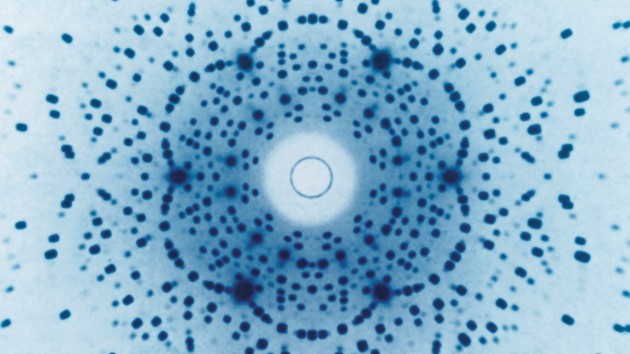Focus |
Collections
Filters
-
Collection Type
-
-
Focus |
Colloidal matter
Model colloidal systems provide insight into aspects of the structure and dynamics of particulate systems on a broad range of length and time scales. In this focus issue, we highlight recent developments in colloidal self-assembly and colloidal phase transitions.
-
Focus |
2D semiconductors
Vigorous research on graphene and its applications has created a fertile ground for the investigation of a broad range of alternative two-dimensional materials. In this focus issue we take a closer look at the recent advances in the synthesis of layered transition metal dichalcogenides and in the understanding of their optoelectronic properties.
-
Focus |
Performance of photovoltaics
While power generation using silicon solar panels has steadily been increasing over the years, alternative materials that could compete with this technology in terms of efficiency and module costs are intensely being investigated. Yet, to allow for a fair assessment of new photovoltaic technologies, characterization of light-conversion performance should be conducted according to commonly agreed basic rules. This joint web focus collects a series of opinion pieces, recently published in Nature Materials,Nature NanotechnologyandNature Photonics, that discuss the importance of reporting accurate device performance.
-
Focus |
Perovskite photovoltaics
The rapid efficiency increase of solar cells based on perovskites makes these materials promising contenders in cheap devices for solar energy harvesting. This focus issue highlights performance improvements in perovskite photovoltaics, and discusses some of the challenges to bring these devices to the market.
-
Focus |
Crystallography
Crystallographic techniques underpin many areas of materials science. To celebrate the International Year of Crystallography 2014, this focus issue highlights a selection of topics that demonstrates the depth and importance of this wide-ranging field.
-
Milestone |
 Milestones in Crystallography
Milestones in Crystallography
Nature Milestones in Crystallography, a collaborative effort between Nature, Nature Materials, Nature Nanotechnology and Nature Structural & Molecular Biology, is the eleventh supplement in the series and is timed to coincide with the celebration of the 2014 International Year of Crystallography.
-
Focus |
Supercooled water
Despite decades of research efforts and debate, a full understanding of the origin of the anomalous properties of liquid water, in particular when supercooled, is not yet in sight. This focus issue highlights the most significant recent findings on this topic.
-
Focus |
Cell culture
Materials for cell culture — engineered substrates, animal-derived extracellular matrix and its synthetic mimics — are essential for the understanding and manipulation of cellular processes such as proliferation, migration and differentiation. In this focus issue we highlight recent developments in cellular mechanobiology and in materials for stem cell culture.
-
Focus |
Science in the Middle East
Research in the Middle East struggles to achieve worldwide recognition, but the recent encouraging trends in scientific productivity suggest that something is changing. In this focus issue, the positive impact of some Middle Eastern research centres and universities, as well as the institutional and cultural changes required to foster the scientific renaissance of the Arab world are discussed.
-
Focus |
Research in Luxembourg
Luxembourg has recently embarked on an ambitious policy to invest in research. In this focus issue we highlight the impact this development is having on materials science in the country, and examine the challenges and opportunities it poses.
-
Focus |
Bioimaging
Imaging intracellular compartments, cells and tissues enables more accurate diagnosis and treatment of disease. In this focus issue we highlight the latest developments and clinical translation of materials-based technologies for imaging cells or the disease microenvironment with the promise of improved therapeutic outcomes.
